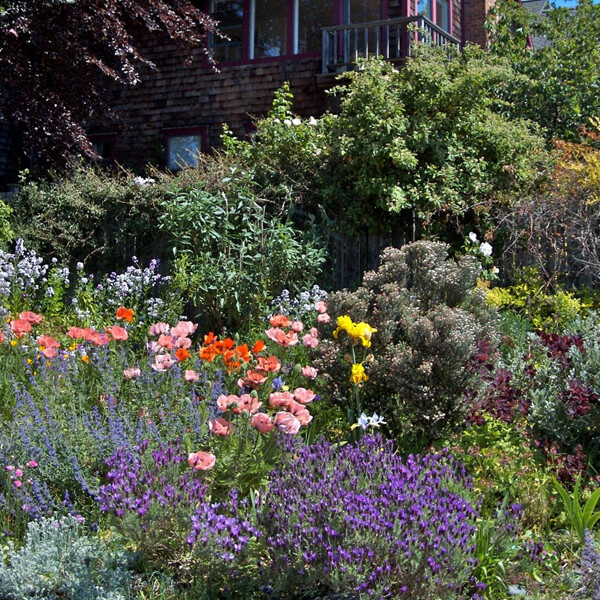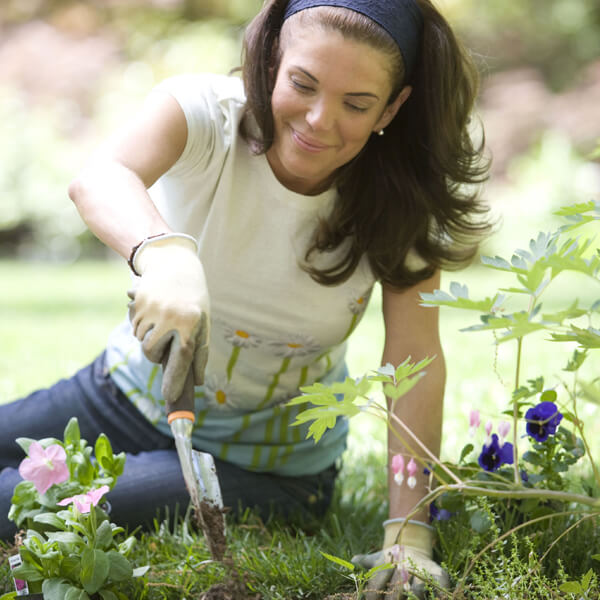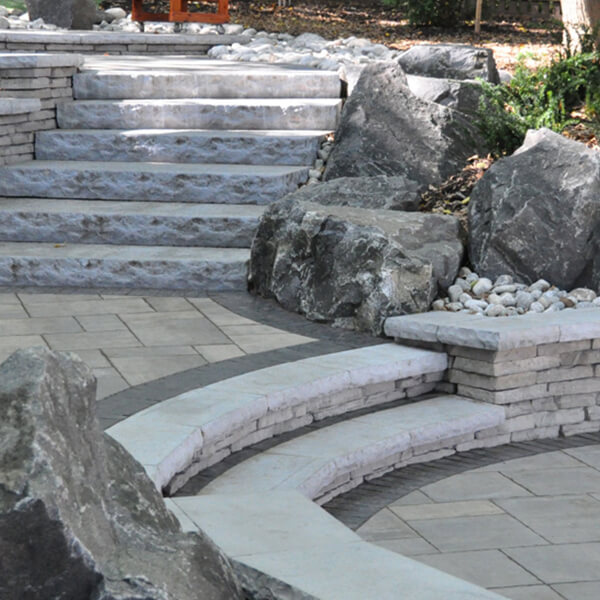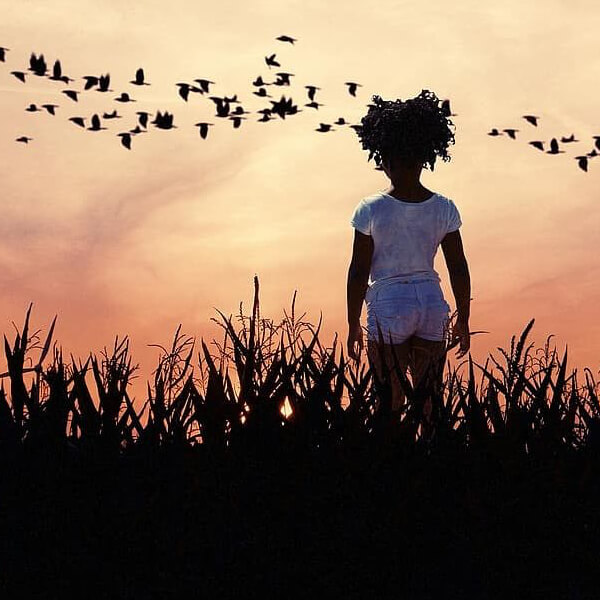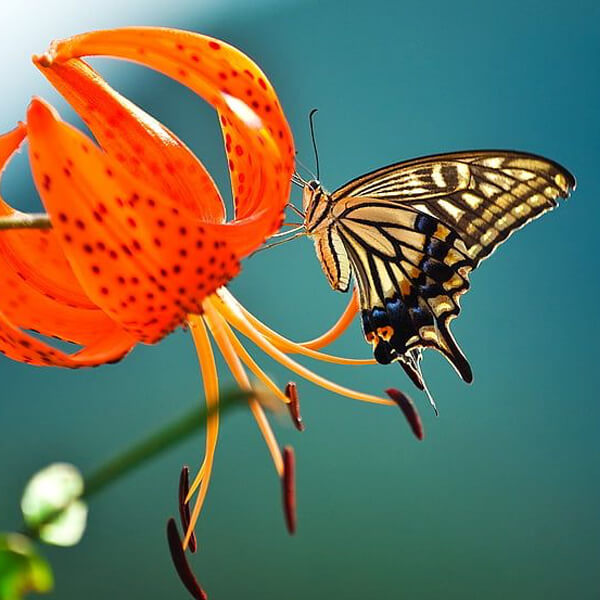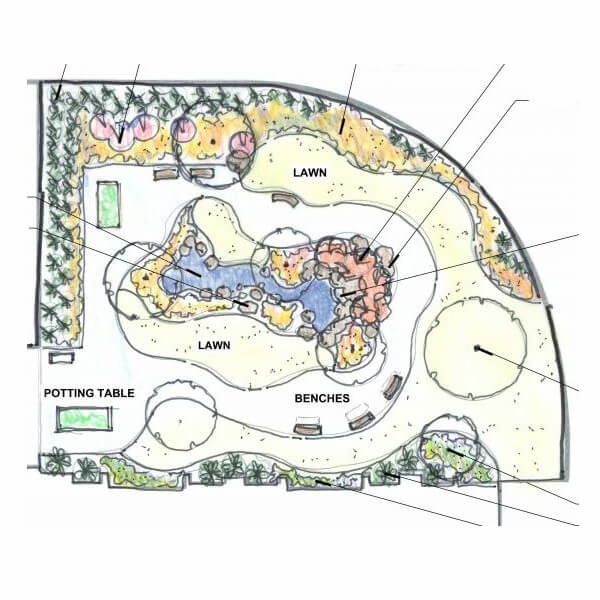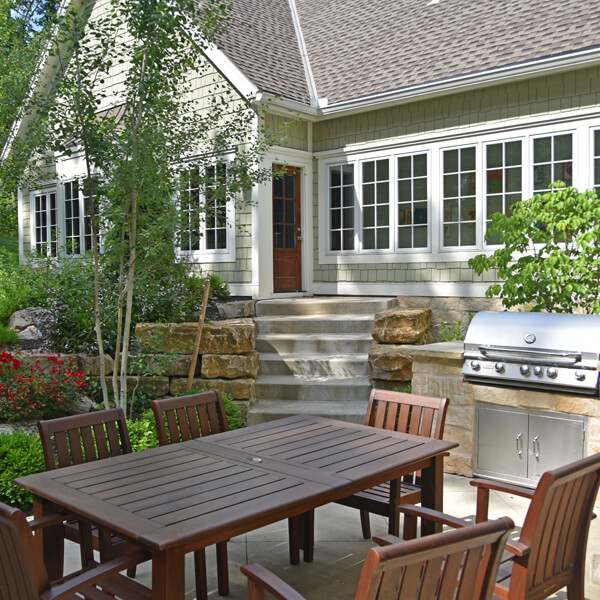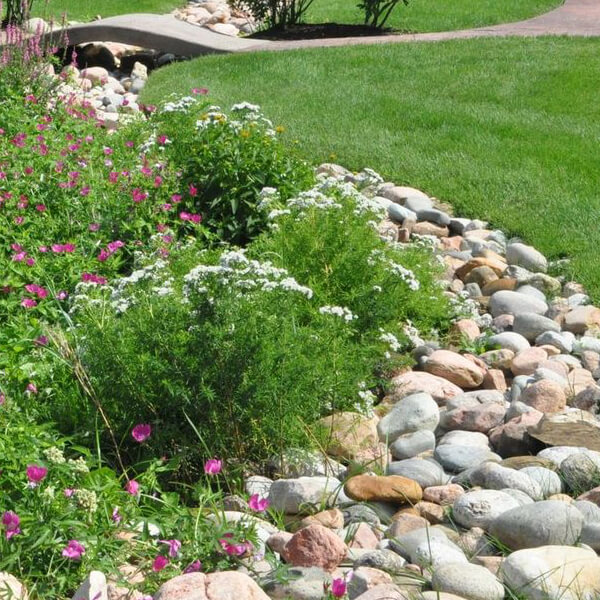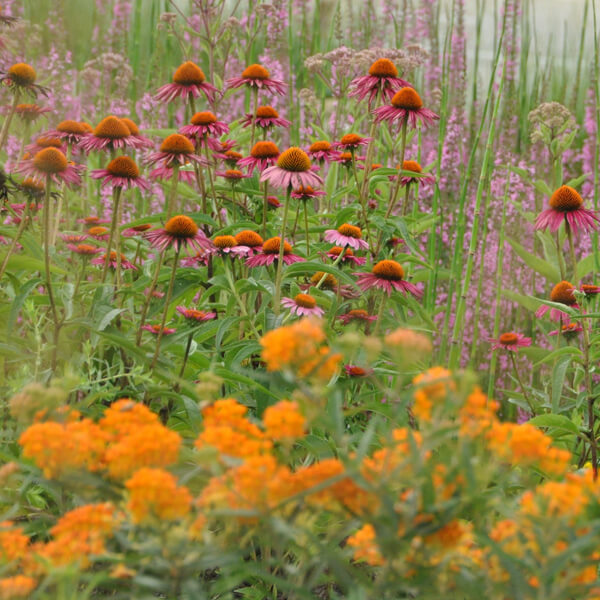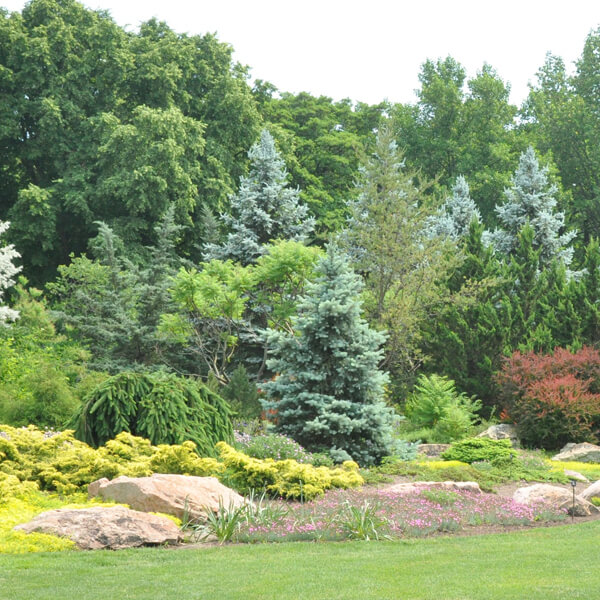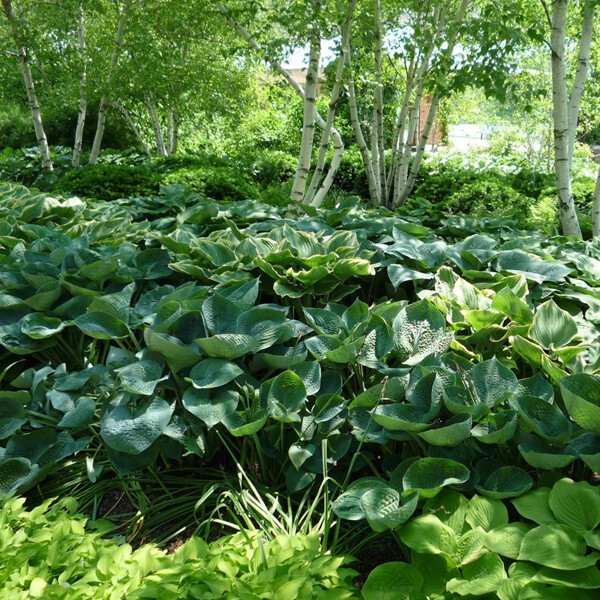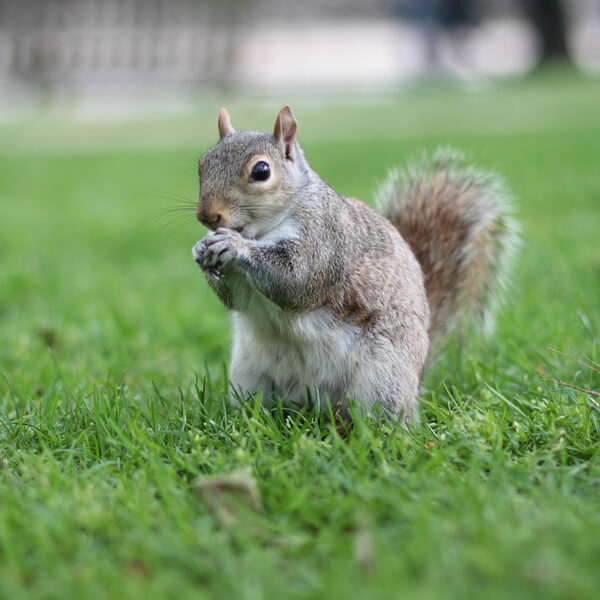.jpg)
Deck The Halls With Winter Arrangements
Each of my children has a fiercely competitive streak that seems to reach its absolute zenith at Christmas time. They good-naturedly battle over who has the best decorated tree, the most beautifully wrapped gift, the tastiest appetizer at Christmas Eve dinner. This year they added outdoor decorations – specifically winter themed pots – to the competition. Since they all consider themselves to be the “winner,” they decided they needed an impartial judge – so they chose me because, in their words, “I write about that stuff.” While it’s true that I do periodically feature design aspects in these blogs, the truth is that I do not have one artistic bone in my body! What appears to be expertise in design is simply a recitation of what Jo Ann Prieto, Embassy’s seasonal color specialist, has taught me over the years.
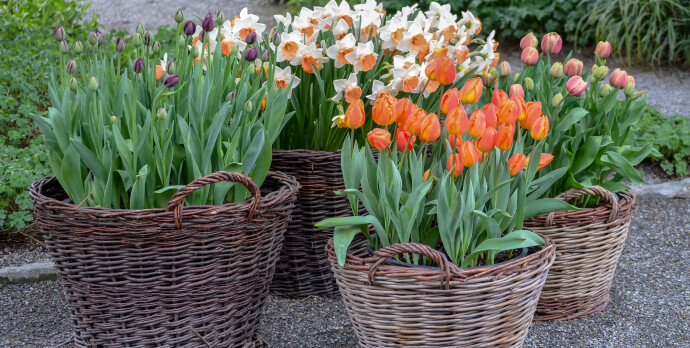
Bring Spring Inside This Winter
I overestimated the number of spring-blooming bulbs I could plant this year. (Well, to be totally honest how many bulbs my husband could plant for me.) We planted what we could, gave away some and put the rest in a box to “deal with later.” Stumbling across them yesterday, I decided that this was the perfect opportunity to learn how to successfully force bulbs into bloom so that I can enjoy bursts of color and fragrance in the dead of winter.
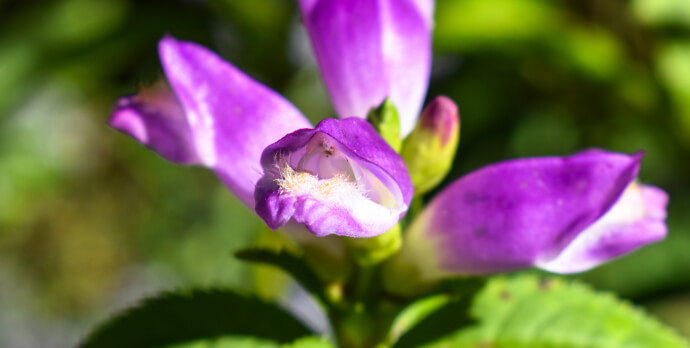
Fall Flowers That Aren't Chrysanthemums - Part 3
While cliff golden rods and rough blazing stars are vying for attention in my front garden, my third, and unexpectedly new fall favorite, quietly fills a shady corner of my backyard with tall stems covered in soft rose-purple flowers. At a first, quick glance, the plants could be snapdragons revived after the heat of summer or digitalis giving one last burst of color, but a closer look reveals an entirely different plant, rose turtlehead, or more precisely Chelone oblique. It’s a plant whose blossoms bring to mind dozens of small turtles raising their heads to see if anyone is looking for them and whose name recalls a long-ago story.
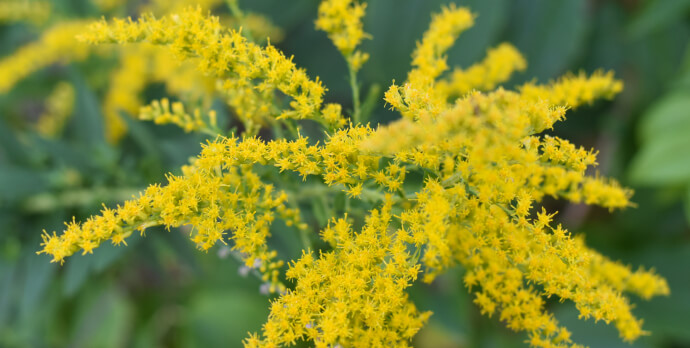
Fall Flowers That Aren’t Chrysanthemums – Part 2
I love bright yellow flowers in a fall garden. Against a vivid blue autumn sky, they give off an incredibly cheerful vibe, marking a positive, happy end to another growing season. It’s like they revive my enthusiasm at a time when it’s so much easier to avoid fall gardening tasks. This year, Cliff Goldenrod has been my spark of sun and burst of energy in the fall landscape.
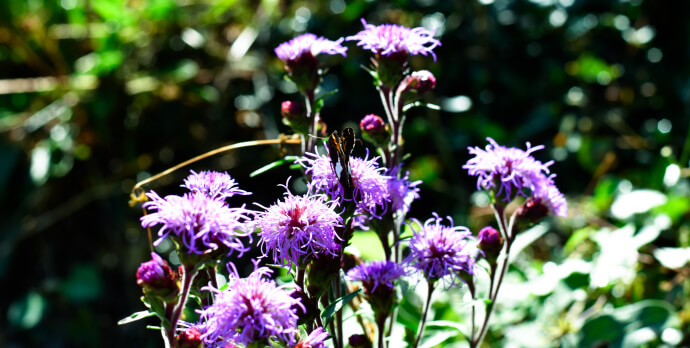
Fall Flowers That Aren't Chrysanthemums - Part 1
I know I’m in the minority, but I’m just not a fan of mums anymore. They're great for huge swaths of temporary color especially in commercial properties, but I'll pass in my own front yard. I think it’s simply a case of being tired of being tired of planting essentially the same plant year after year, only in a different color or size. I've also noticed that I am veering away from the precise, formal plantings that are typical of beds of mums. Instead, I am beginning to prefer a much more casual, natural look with its unusual twists and its unexpected delights.
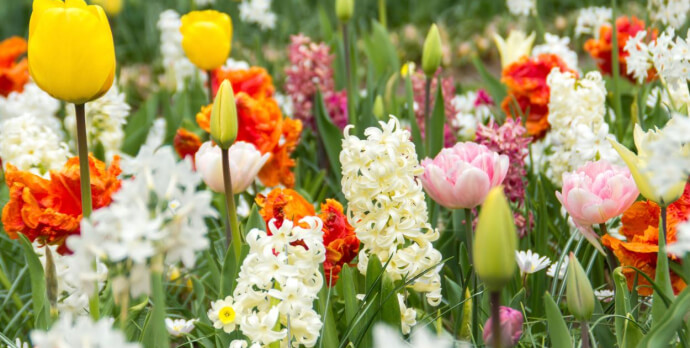
Tulips - The Perfect Spring Bloom
The next two months are the prime time for those of us here in the Midwest to plant spring blooming bulbs. The scorching heat is beginning to diminish, leaving the soil warm but workable. Light bursts of rainfall are predicted, giving enough moisture to prompt root growth. And, if you’ve visited any of the big box stores lately, you’ll see that their shelves are beginning to be filled with box after box of spring flowering bulbs ready to be planted – everything from tiny snowdrops to huge alliums. Most of all though, dozens of varieties of daffodils and gorgeous tulips are available.
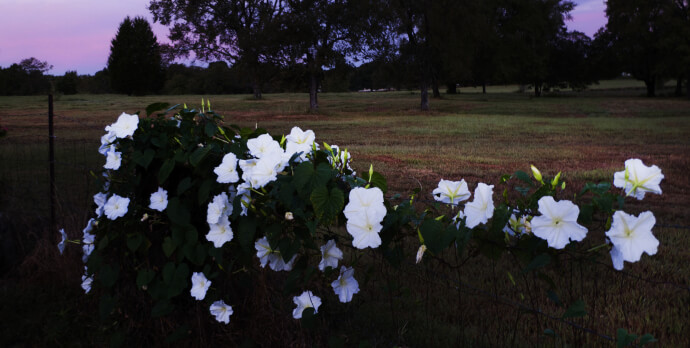
Basking in the Moonlight
With the wretchedly hot weather cooling down just a bit, I’ve finally been able to enjoy being outdoors again. In fact, my back deck has become the go-to place for an iced cold glass of lemonade, a pre-dinner snack and a good book. While it’s always been a relaxing space, this year it has become even more inviting because of the sound of gently flowing water and the soft, sweet fragrance of the moonflowers that have climbed to the top of the deck.
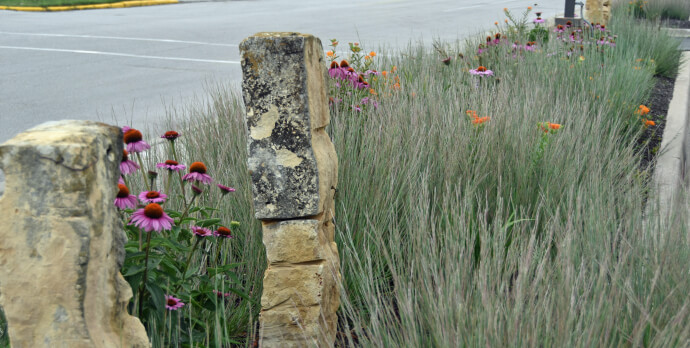
Which Ornamental Grass Is Right For You?
Just like in making other garden choices, the old adage “the right plant in the right spot” applies to ornamental grasses too. While many thrive in full sun and dry soil, some prefer a little shade and consistent moisture. Some are towering, structural specimens perfect as a focal point, others are diminutive varieties, better suited to edging a border. Some are cool season, some warm. Knowing the typical characteristics of the ornamental grasses you are considering before you do any planting can help you choose just the right one.
Categories
